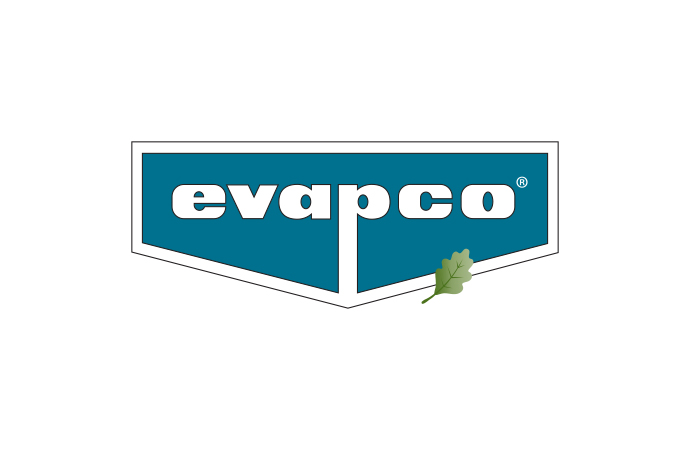Whilst centuries ago salt enabled the preservation of fish, today ammonia is a choice refrigerant for modern environmentally friendly refrigeration systems across the fishery cold chain. From catch to consumer, ammonia refrigeration is used in the production of ice, to refrigerate seawater, refrigerate compartments and to cool cold stores, ensuring food safety, shelf life and appearance.

Thanks to its high refrigeration efficiency, zero ozone depletion potential (ODP), and zero global warming potential (GWP) ammonia has long been a refrigerant of choice in the fishery industry, particularly in the developing countries. For example, in China and India, ammonia is widely used in the large refrigeration systems of the fishery industry, due to its low cost and local production. Given the ever-growing need to reduce greenhouse gas emissions to the atmosphere the option of ammonia refrigeration systems in new installations is obvious.
Freezing at sea
When newly caught fish are frozen quickly and stored at a low temperature onboard, limits on the length of time a fishing boat can stay at sea are removed, and the need for fishing vessels to return with the fish room partly empty is avoided.
For freezing at sea the refrigerating capacity of fishing trawlers can be generated by NH3 screw compressors, which are used for both refrigeration plants and plate freezers. Such systems are cooled by seawater.
In addition, ammonia is used on large ships as bases for trawlers to bring their catch in. For example, the “American Freedom”, one of the world’s largest reefer ships, is fitted with a cascade refrigeration system that uses four ammonia screw compressors to generate a total output of 4,500 kW, in a system that is charged with 1,500 kg of ammonia. Fish pumped directly into the Freedom’s hull are shock frozen in 36 vertical plate freezers and stored in cold stores in the hold.
Ammonia cools fish processing plants, cold stores, and ice makers around the world
As concern for the environment grows across the world, so too do the examples of fish processing plants, cold stores and ice makers that rely on ammonia refrigeration systems:
- Greenland: A 10,000 m3 cold fish store was installed at Qasiiannhuit (Christianshab) in only three weeks including an R-717 refrigeration system equipped with a two-stage system for an air blast freezer, a plate freezer and a cold store, and one-stage systems for air conditioning, ice production, and two chill stores;
- Iceland and the Faroe Islands: Fish processing installations in Faskruosfjorour and Vestmanna have a 1150 kW and a 1000kW ammonia refrigeration capacity;
- Philippines: Both block ice plants, capable of producing 9.2 tonnes of ice blocks per 24 hours in blocks of 25kg, together with a 15-tonne storage container with a refrigeration unit, which ensures a storage temperature of -5°C, have been equipped with a complete R-717 refrigeration system;
- Pohnpei Island, in the Federated States of Micronesia: Sabroe was commissioned to construct a fish processing plant with a capacity to chill or freeze tuna and reef fish and pack them into consumer cartons. The R-717 refrigeration system is equipped with a two-stage system for an air blast freezer, a plate freezer and a cold store, whereas one-stage systems have been installed for air conditioning, ice production, and two chill stores;
- Spain: Descal, a Spanish company specialised in the design and installation of industrial and commercial air conditioning and refrigeration systems has installed an ammonia refrigeration system with a 630kW ice production and freezer capacity and 1555kW cold room capacity.
Background
Following the signing of the Montreal Protocol, the Food and Agriculture Organization (FAO) issued a code of practice that encourages fishers and those engaged in processing fish and fishery products to reduce and eliminate CFCs and transitional substances such as HCFCs. The code of practice states:
“Competent authorities should make provision for the phasing out of the use of chlorofluorocarbons (CFCs) and transitional substances such as hydrochlorofluorocarbons (HCFCs) in the refrigeration systems of fishing vessels and should ensure that the shipbuilding industry and those engaged in the fishing industry are informed of and comply with such provisions.”
As a result ammonia is one of the low ODP refrigerants being encouraged within the fishing industry.
MORE INFORMATION
Related stories


















_1522327086.png)

